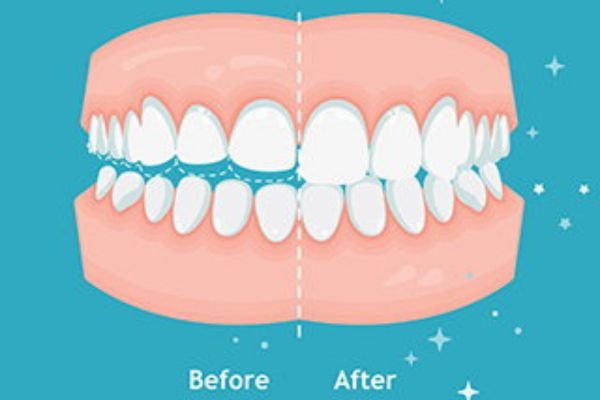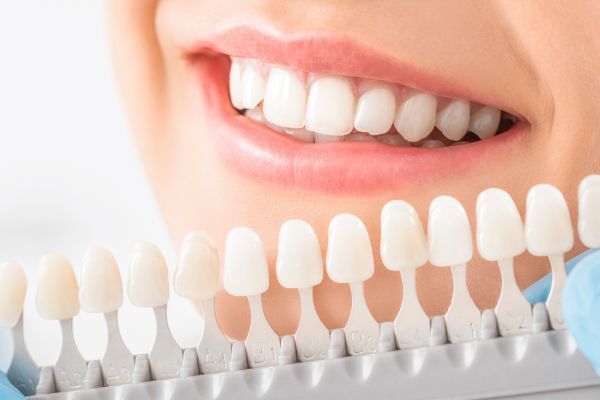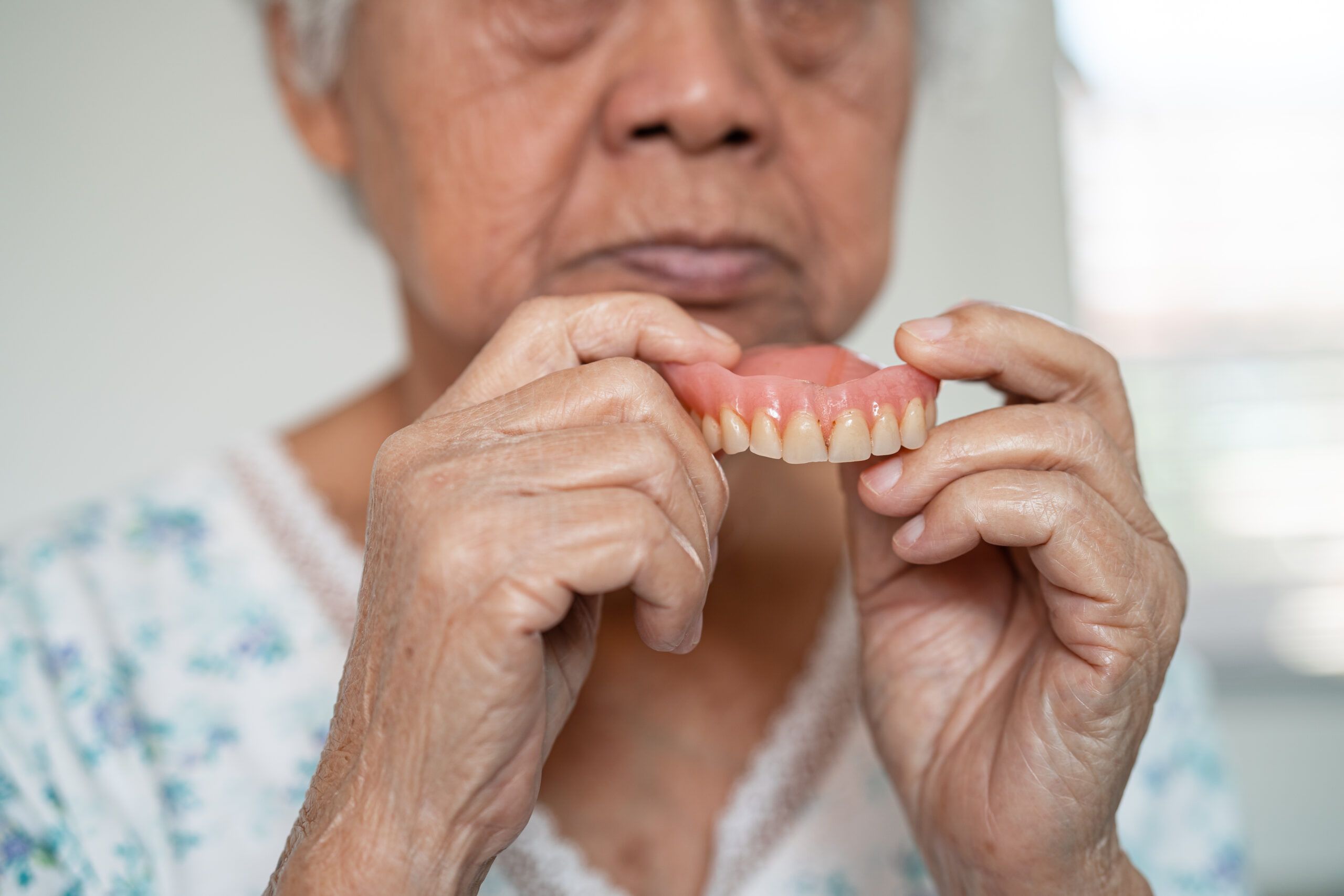
Bonding
Dental bonding is a conservative cosmetic treatment that improves the appearance of chipped, discolored, or misshapen teeth using composite resin to repair and restore the tooth surface.
Bonding can transform the appearance of a smile. The procedure is commonly used for:
- Repairing chips and minor cracks
- Covering stained or discolored enamel
- Closing small gaps between teeth
- Remodeling the contours of teeth which are undersized, crooked, or misshapen
- Rebuilding areas where enamel erosion has taken place
- Creating inconspicuous, tooth-colored fillings
The procedure begins with an exam to make sure the tooth is healthy and a good candidate for bonding. The tooth surface is prepared, and a specially formulated dental adhesive is applied which enables the composite resin to “bond” to the tooth structure.
The composite resin is put in place and molded to the desired shape. The resin material is carefully color-matched so the bonding is indistinguishable from natural tooth enamel. Once in place, the resin is hardened with a curing light. The bonding is given a final check for fit and shape, then smoothed and polished.
Bonding is a popular choice in cosmetic dentistry because it is convenient, cost-effective, and minimally invasive.
- Bonding can frequently be completed in one visit, and often without the use of anesthetic.
- Bonding is less expensive than veneers or crowns.
- While veneers and crowns last longer and are less vulnerable to chipping or staining, these procedures require the removal of more tooth structure.
Dental bonding is not an option for every tooth. Major chips and cracks, deep decay, or serious misalignment might require alternative treatment. Talk to your dentist to discover whether bonding is the right choice to enhance the natural beauty of your smile.
More Categories
Other Articles You May Be Interested In











